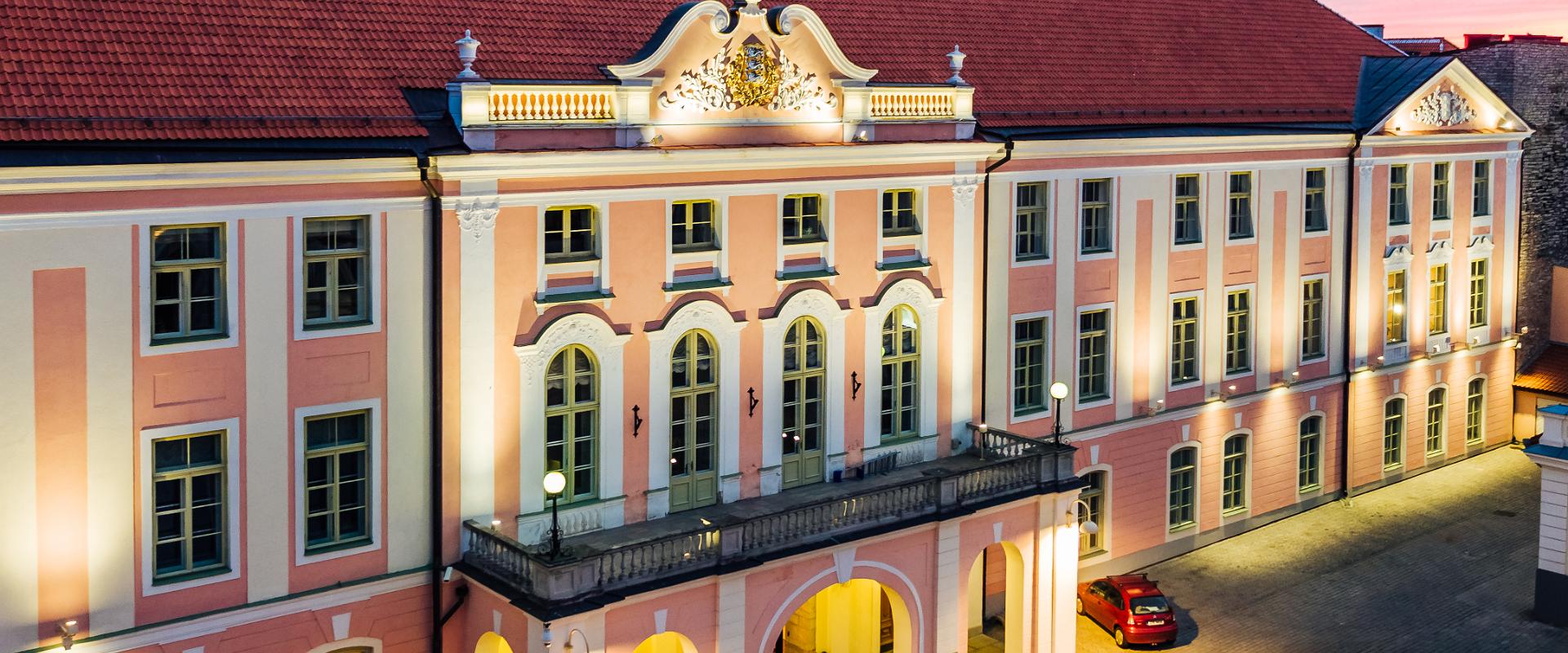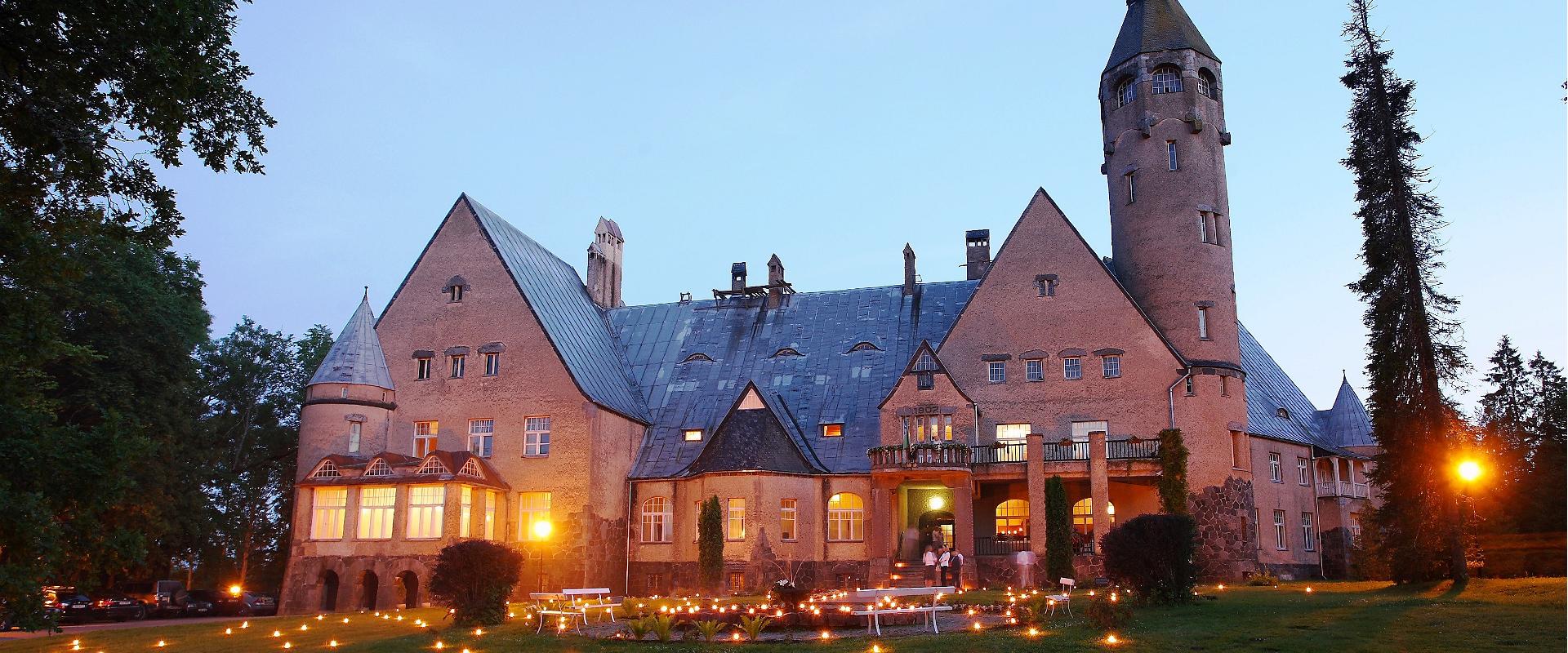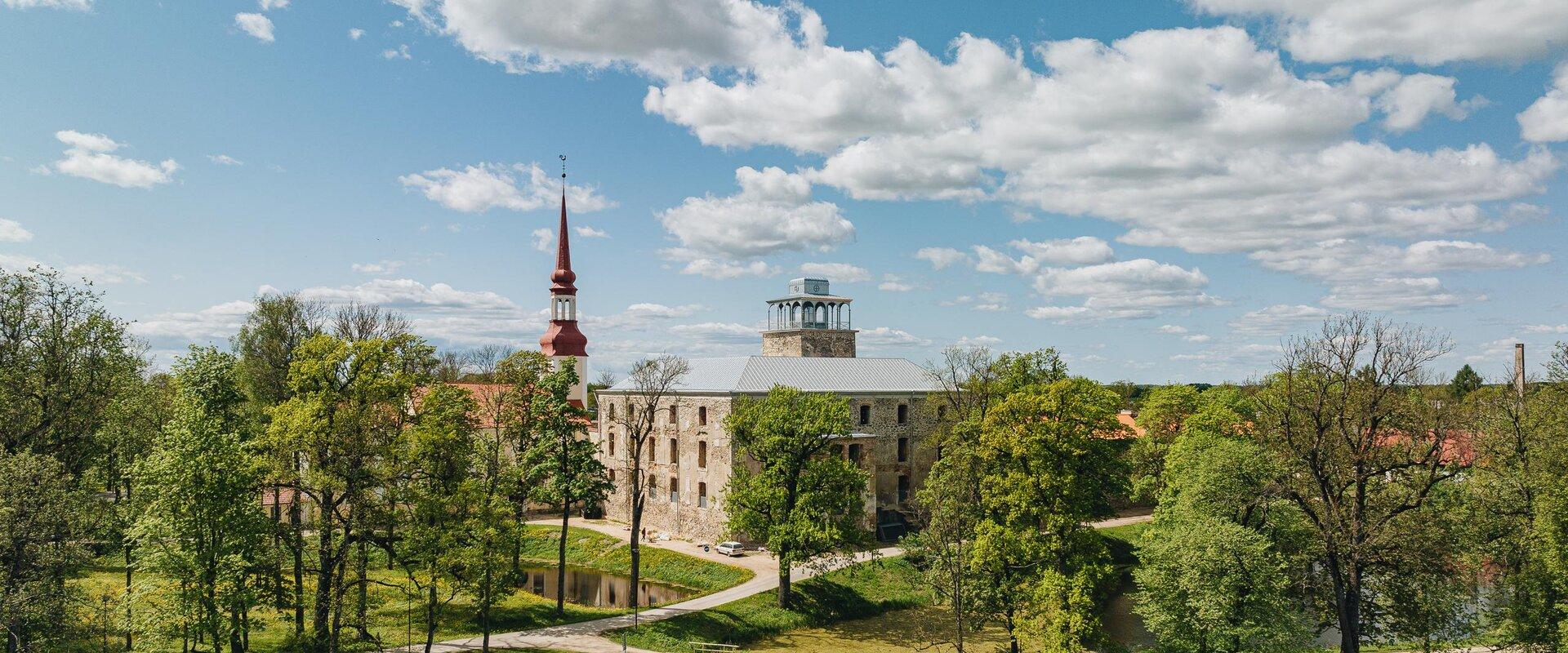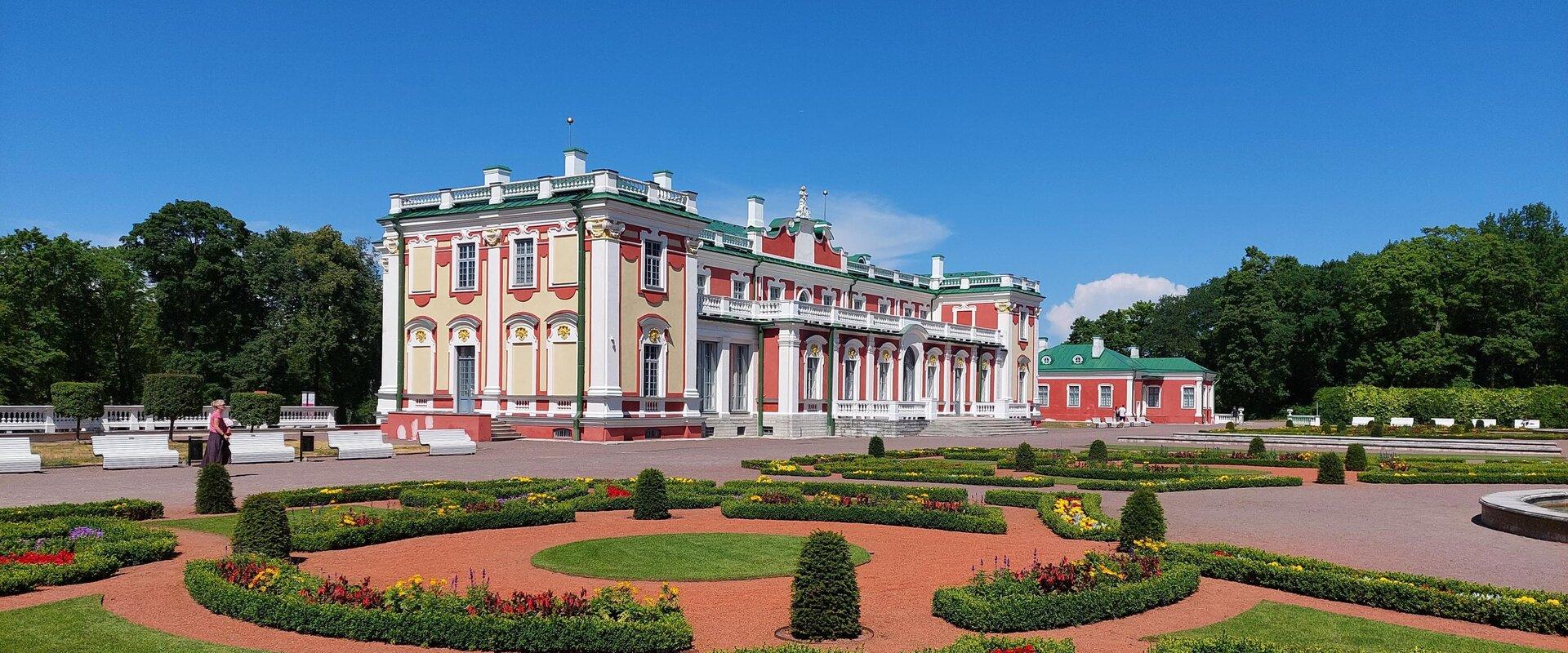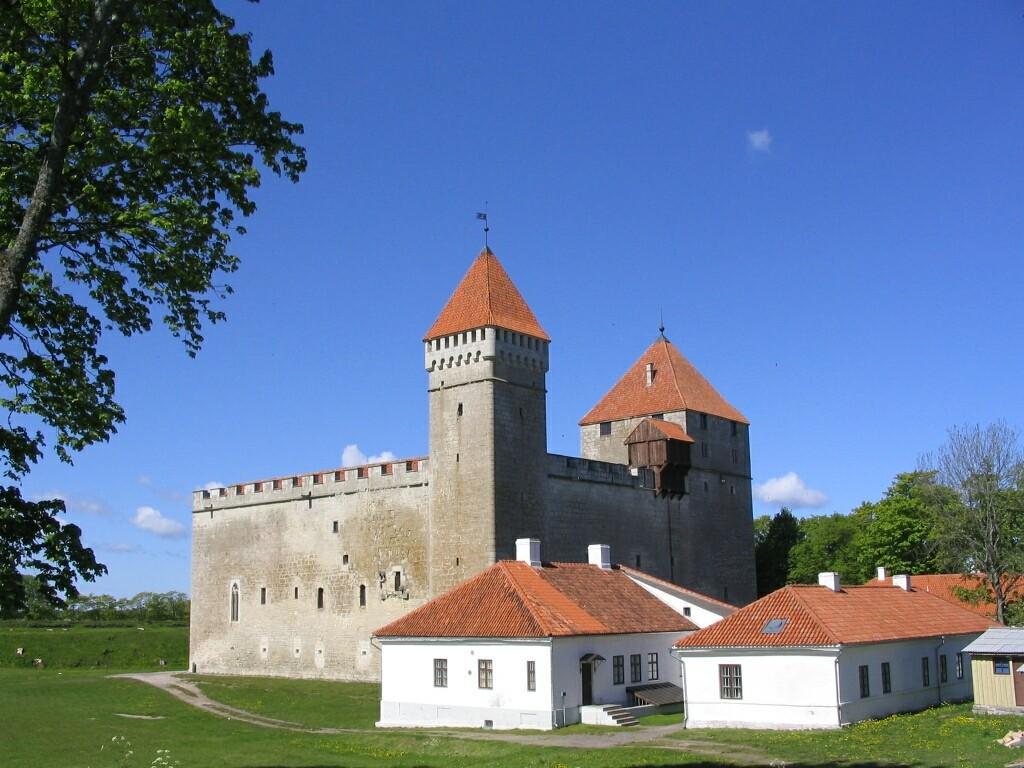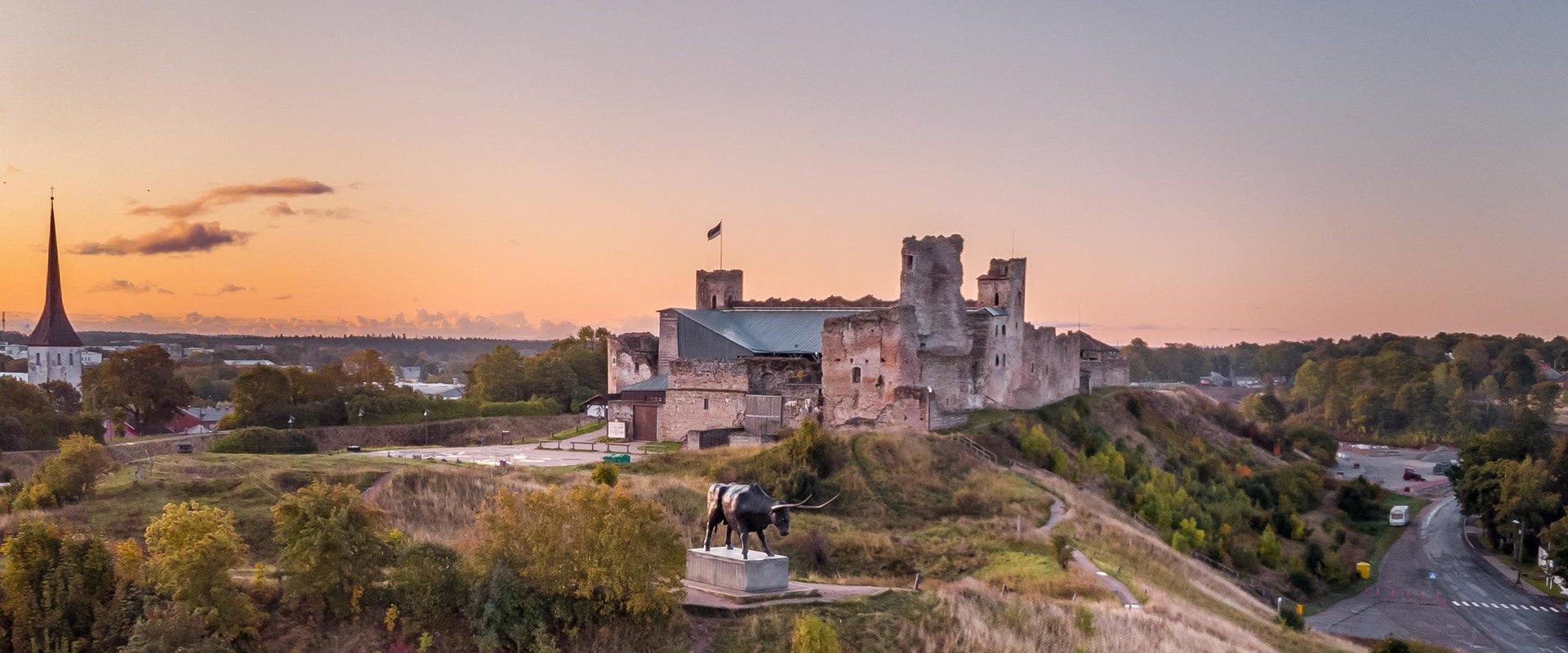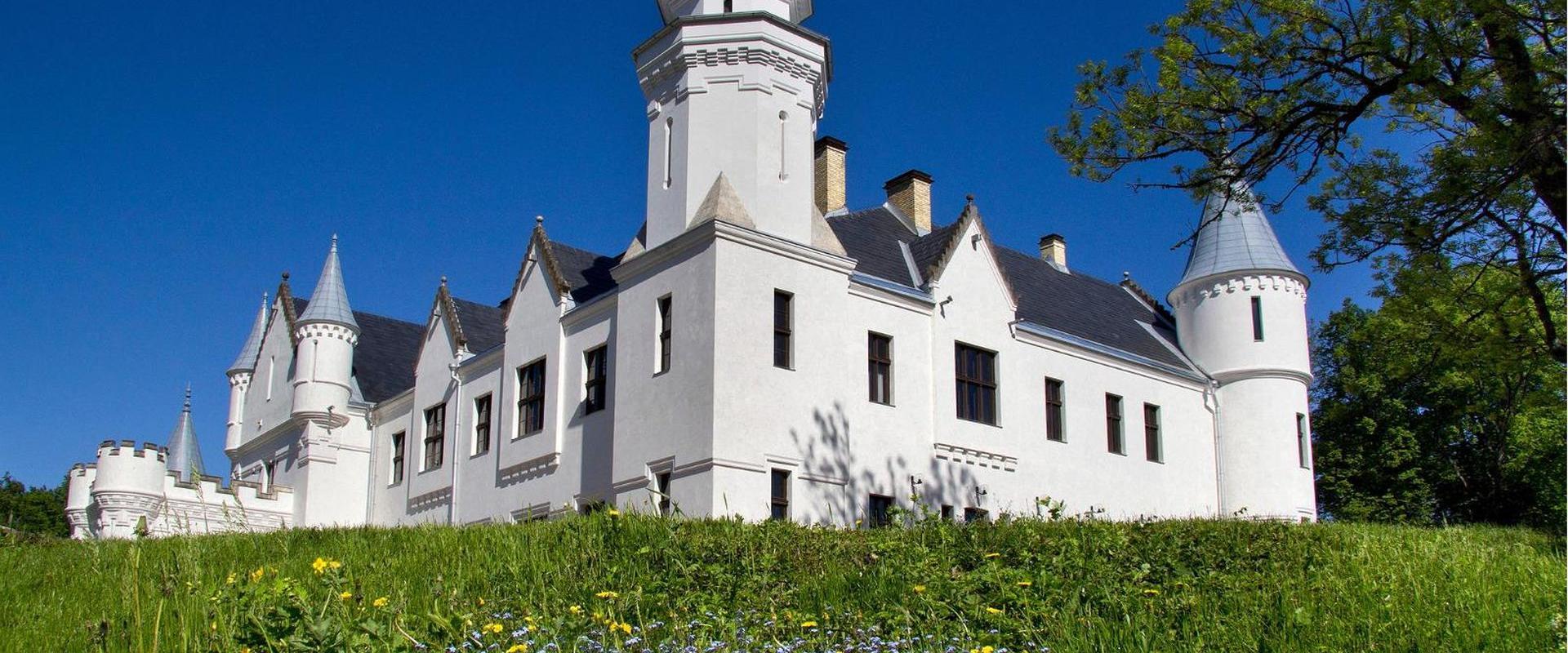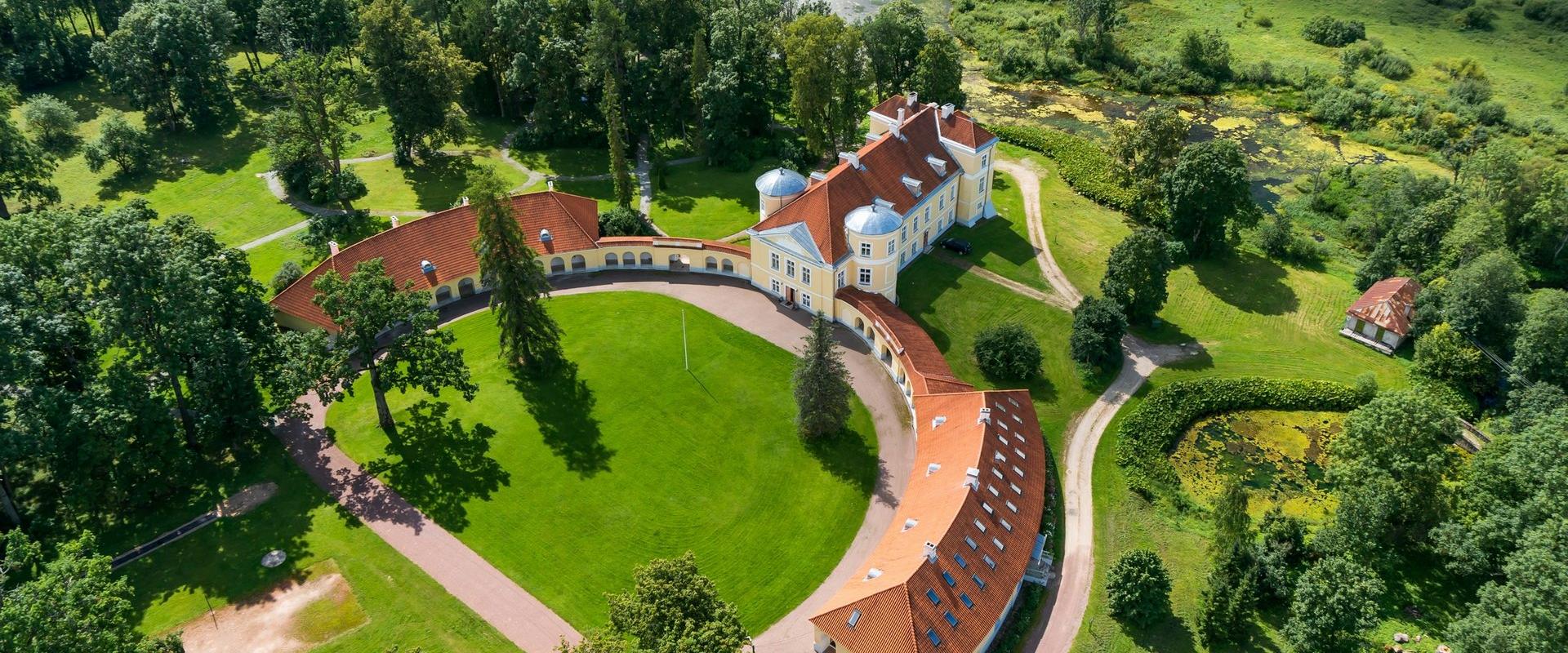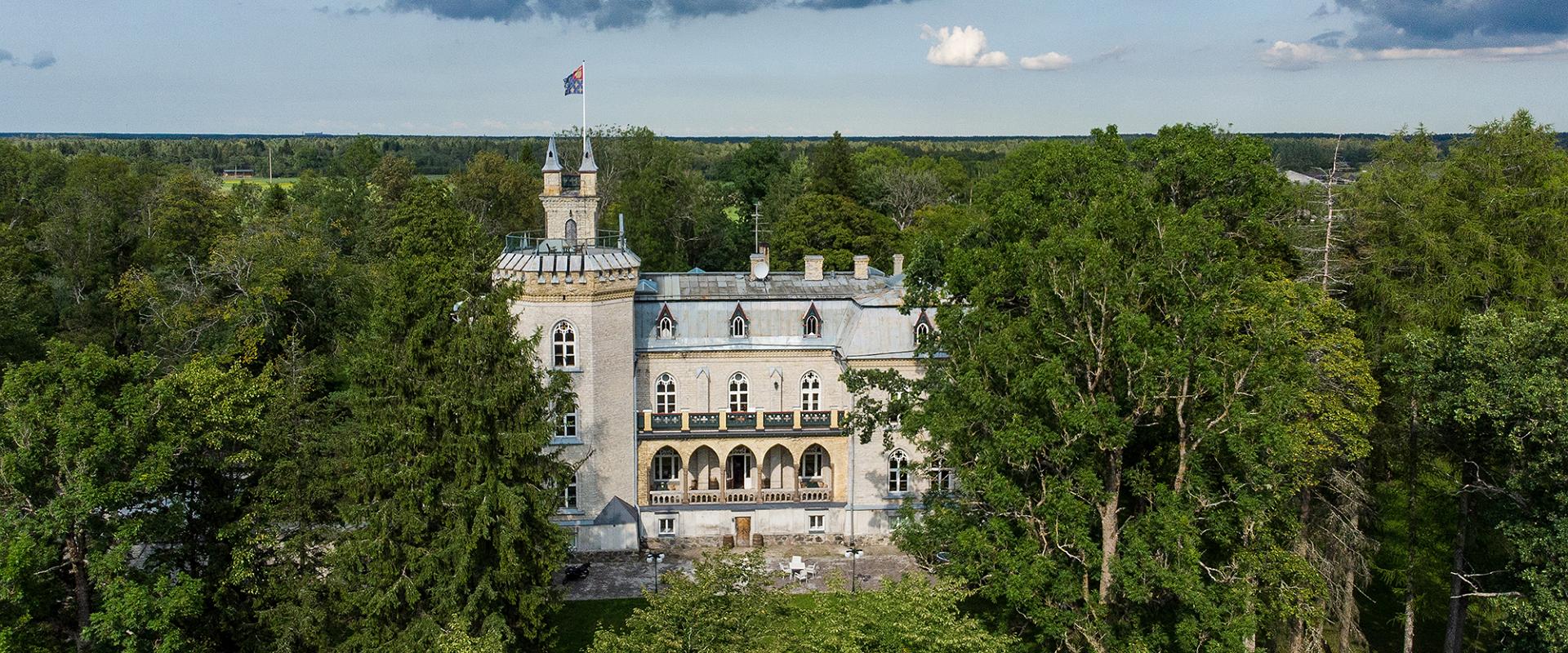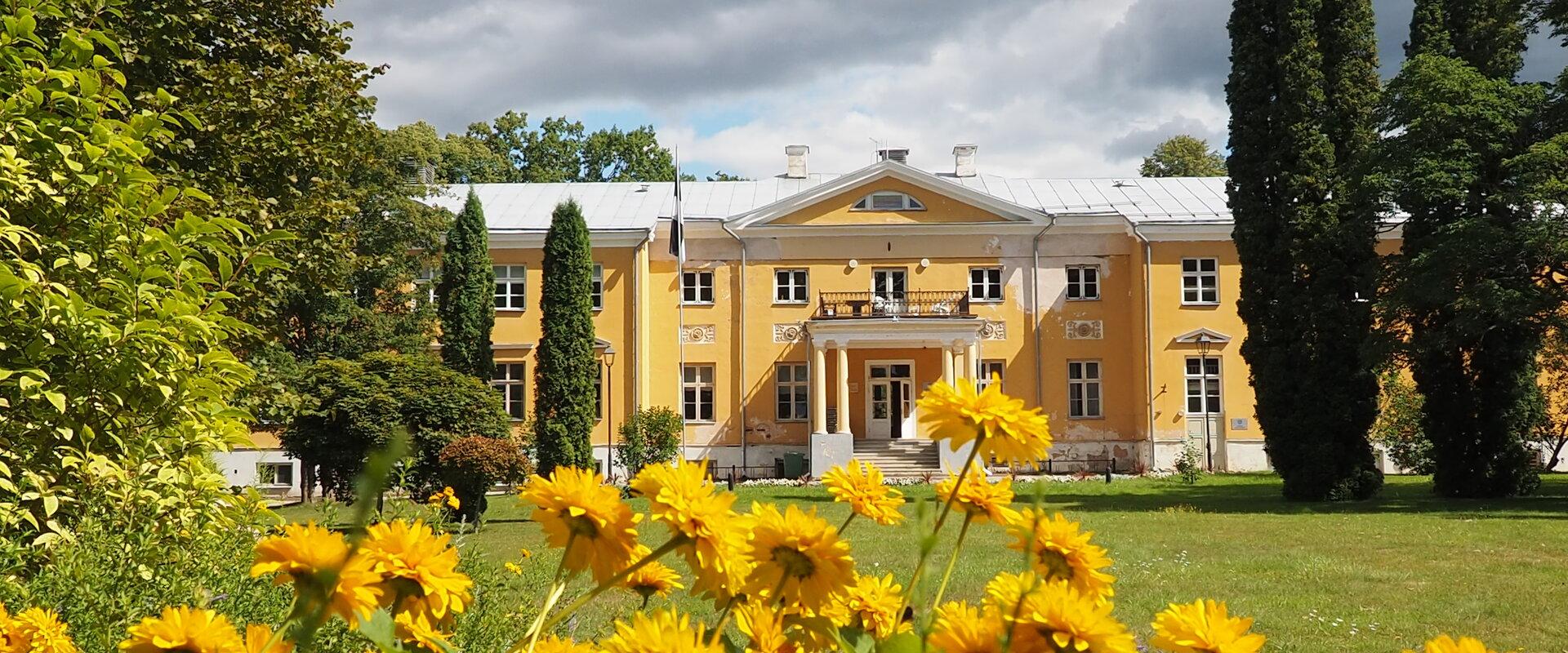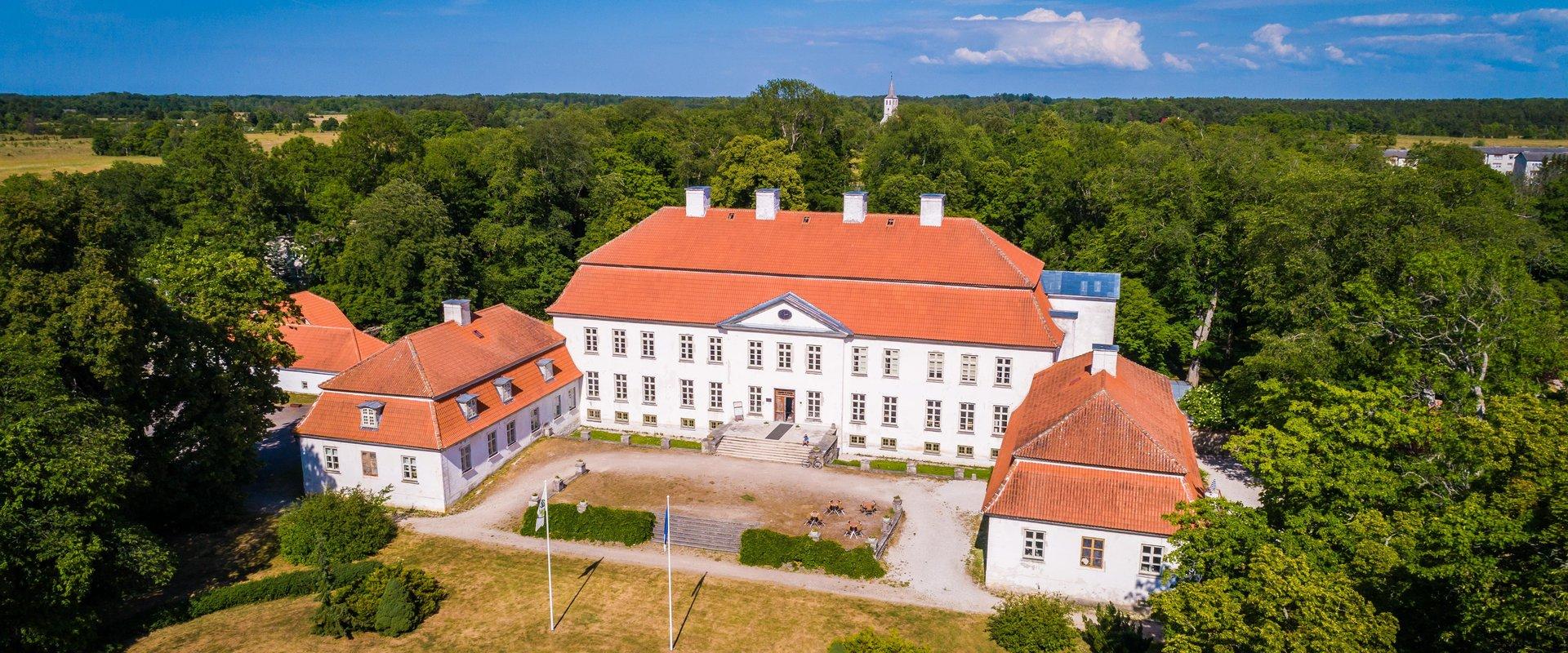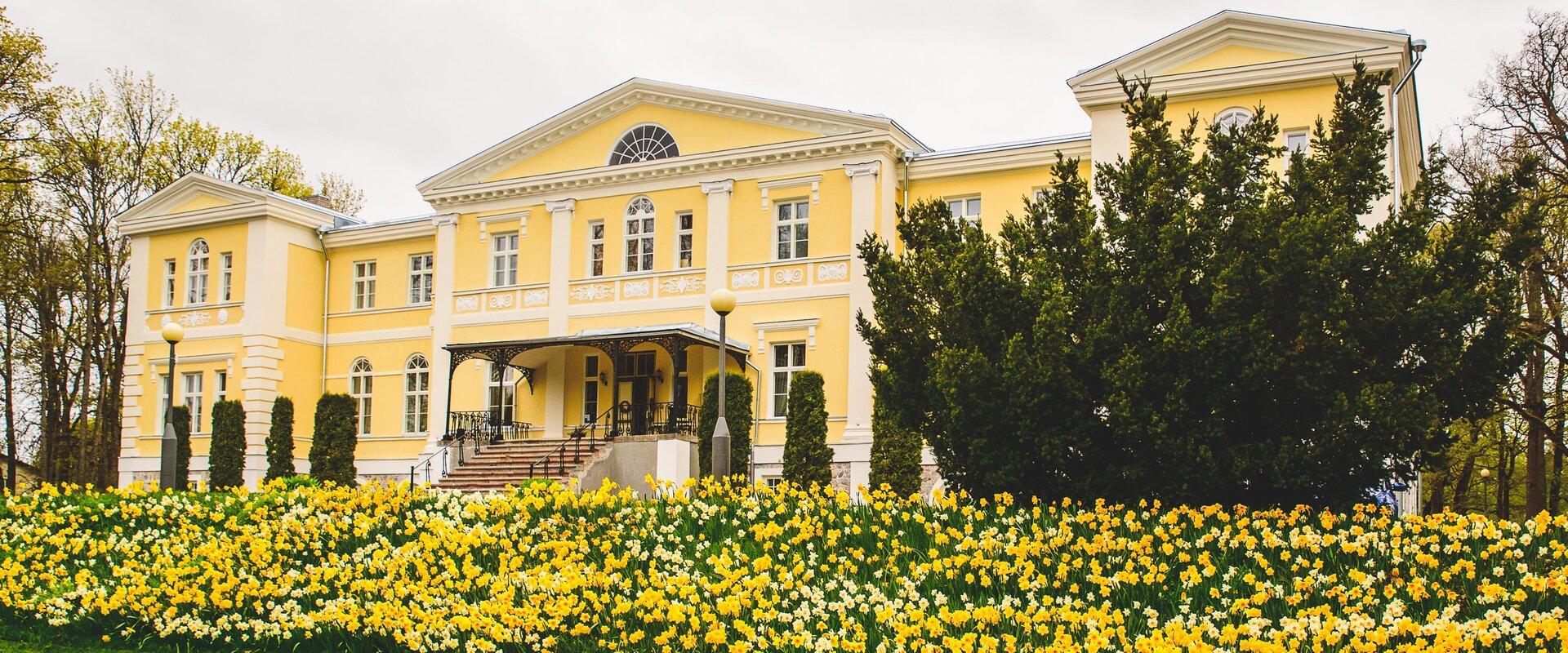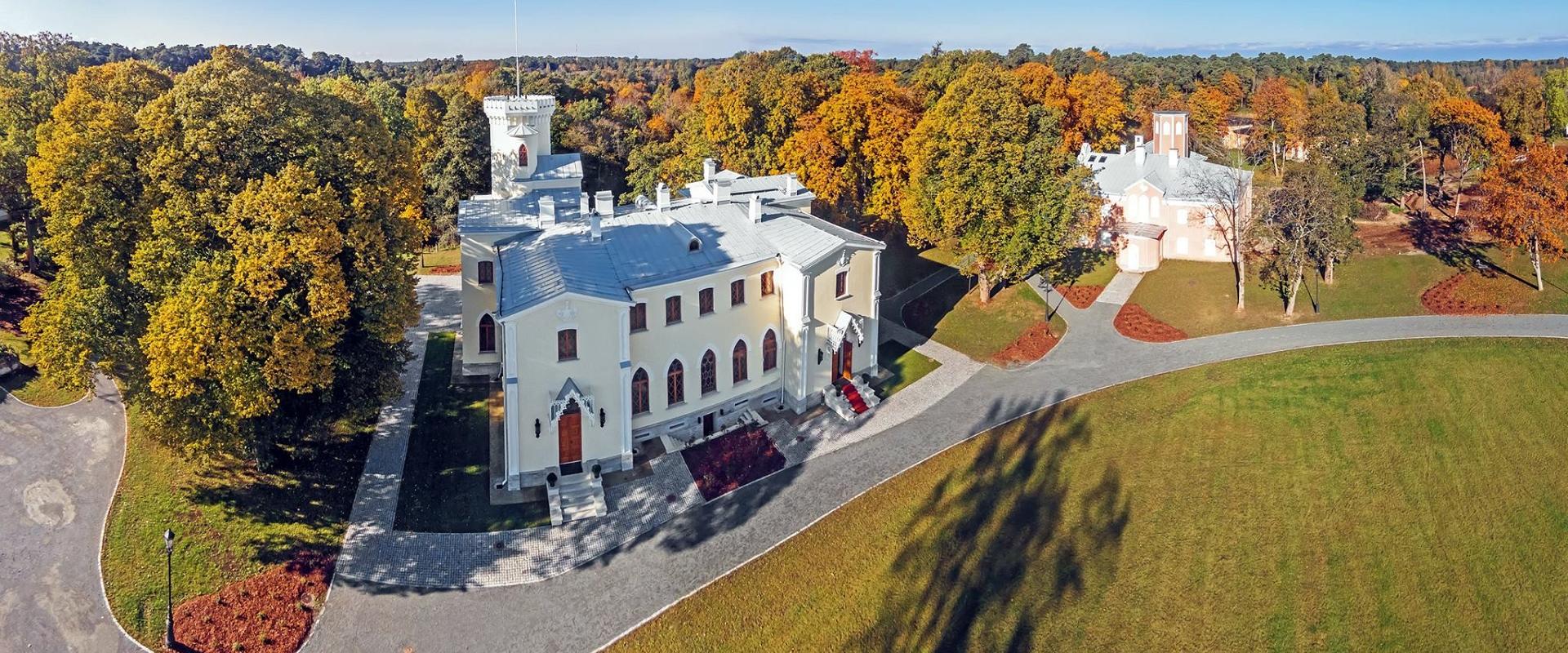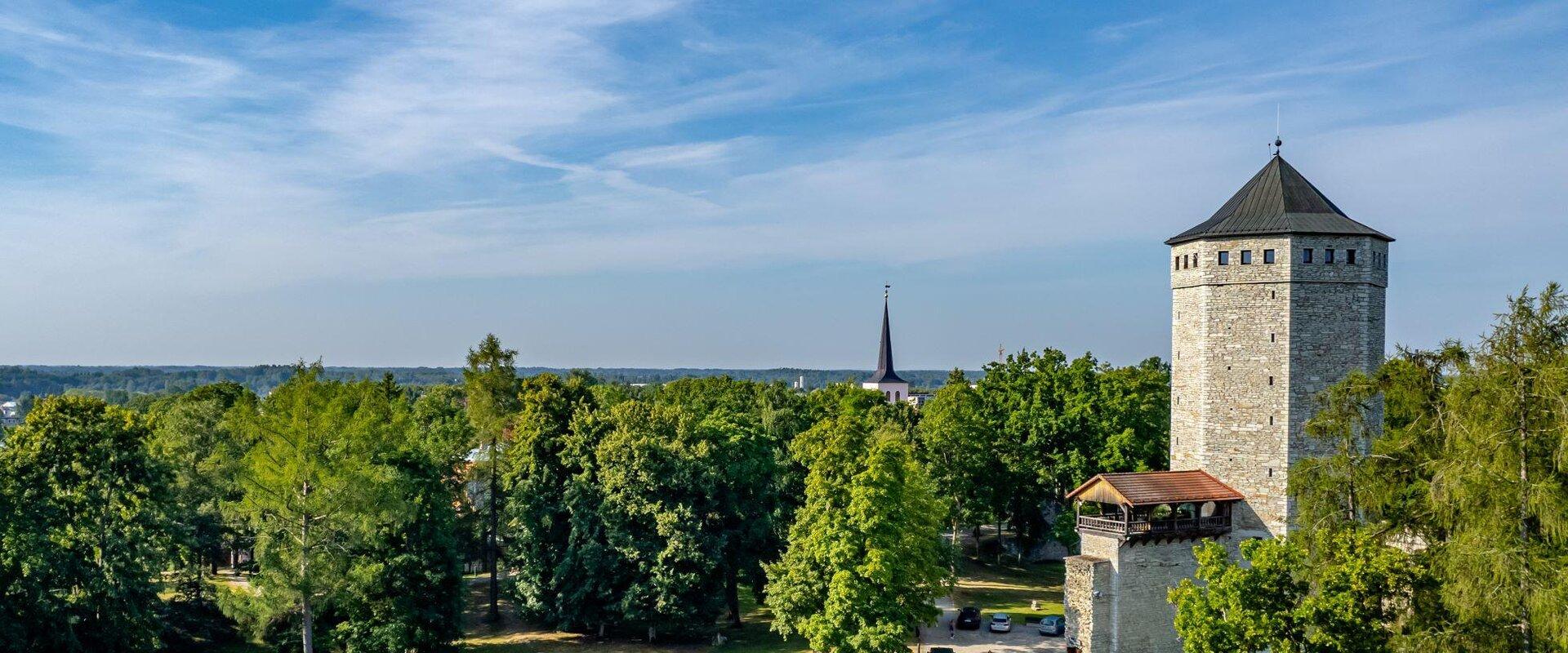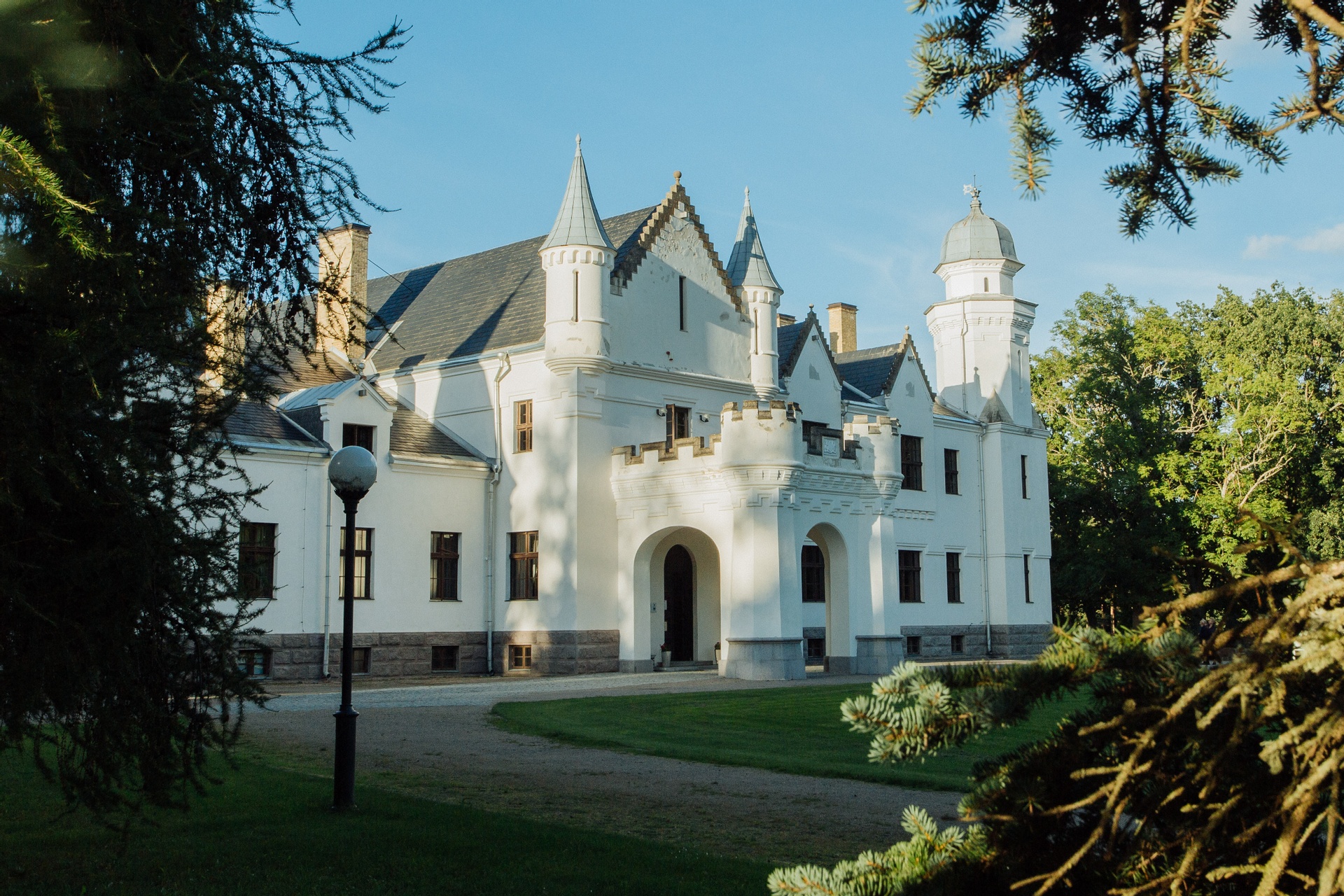
The most impressive castles in Estonia
Castles in Estonia were once home to Danish, Swedish, German, and Russian regents and landowners. Apart from Toompea Castle, which is now home to the Estonian parliament, most are now museums, luxury hotels, or rental spaces.
You'll find some of these castles are included on the Museum Card, which also gives you access to over a hundred other museums all around Estonia. If you long for a taste of royal life, check out the list below for the castles in Estonia worth visiting!
Last updated
27.03.2024
